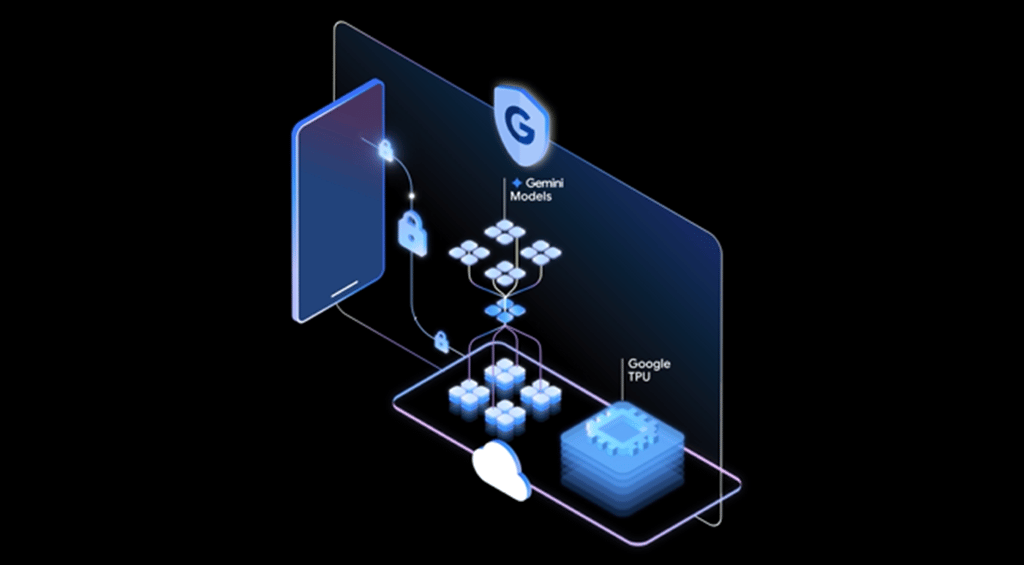Datamation content and product recommendations are
editorially independent. We may make money when you click on links
to our partners.
Learn More
Google DeepMind has unleashed an AI agent that is conquering complex video games by simply watching and learning.
According to the announcement, this Gemini-powered breakthrough is not just about gaming prowess. It points toward artificial general intelligence and a new way for AI to handle digital and physical worlds.
Meet the gaming bot
SIMA 2 is the kind of system that makes old-school game bots look quaint. The agent mastered diverse virtual worlds including No Man’s Sky, Valheim, and the chaotic sandbox of Goat Simulator 3.
Unlike traditional gaming AI that needs game-specific programming, SIMA 2 operates by watching screen pixels and controlling keyboard and mouse inputs exactly like humans do.
It is a major step up from its predecessor, integrating Google’s flagship Gemini language model for stronger reasoning. SIMA 2 can understand complex instructions, explain its decision-making process, and adapt to completely new gaming environments it has never encountered before. The agent even processes multiple languages and emoji commands.
Gaming is not the real target
SIMA 2 grabs attention for its game skills, but DeepMind researchers say they are not building the ultimate gaming companion. So why games? Because they are a rich, messy training ground.
Jane Wang, a senior staff research scientist at DeepMind, described virtual worlds as “a really great training ground” for developing skills that could transfer to real-world applications. The team treats this as a stepping stone toward AGI, with clear implications for future robotics and AI embodiment.
SIMA 2’s knack for transferring concepts between games, understanding “mining” in one environment and applying it as “harvesting” in another, shows the flexible thinking needed for general intelligence. Research scientist Joe Marino highlighted how SIMA 2’s capacity to handle unfamiliar environments represents a “fundamental” advancement toward AGI and general-purpose robotics development.
The training approach is simple to describe and hard to pull off. SIMA 2 learned from footage of humans playing eight commercial games plus three custom virtual environments. Then it practiced. Through trial and error repetition, the agent independently improves on previously failed tasks without requiring additional human demonstrations.
What this breakthrough means
SIMA 2’s current capabilities mix wow moments with real limits. The agent demonstrates near-human performance across various gaming tasks and successfully navigates worlds generated by Google’s Genie 3 system, environments it has never seen before. It still struggles with complex multi-step tasks that take a long time and it has short long-term memory, holding on mostly to recent interactions.
The technology is available as a limited research preview for select academics and developers.
This development positions Google at the forefront of agentic AI, systems that execute complex tasks with minimal human supervision, a field experiencing explosive growth across industries from cybersecurity to content creation.
While SIMA 2 perfects its goat-based chaos navigation, the underlying tech looks set to reshape how AI agents operate in digital spaces and, eventually, the physical world.







